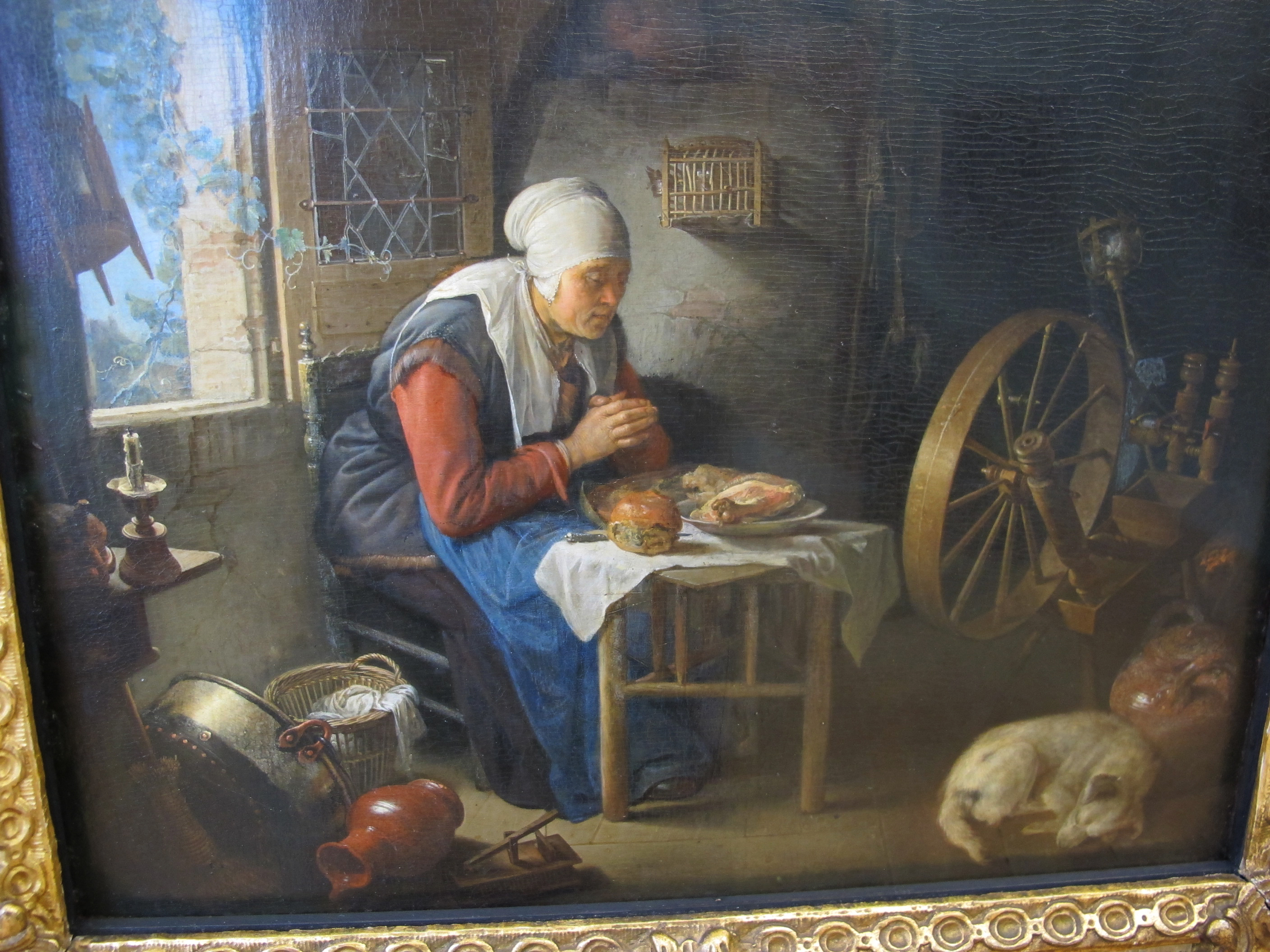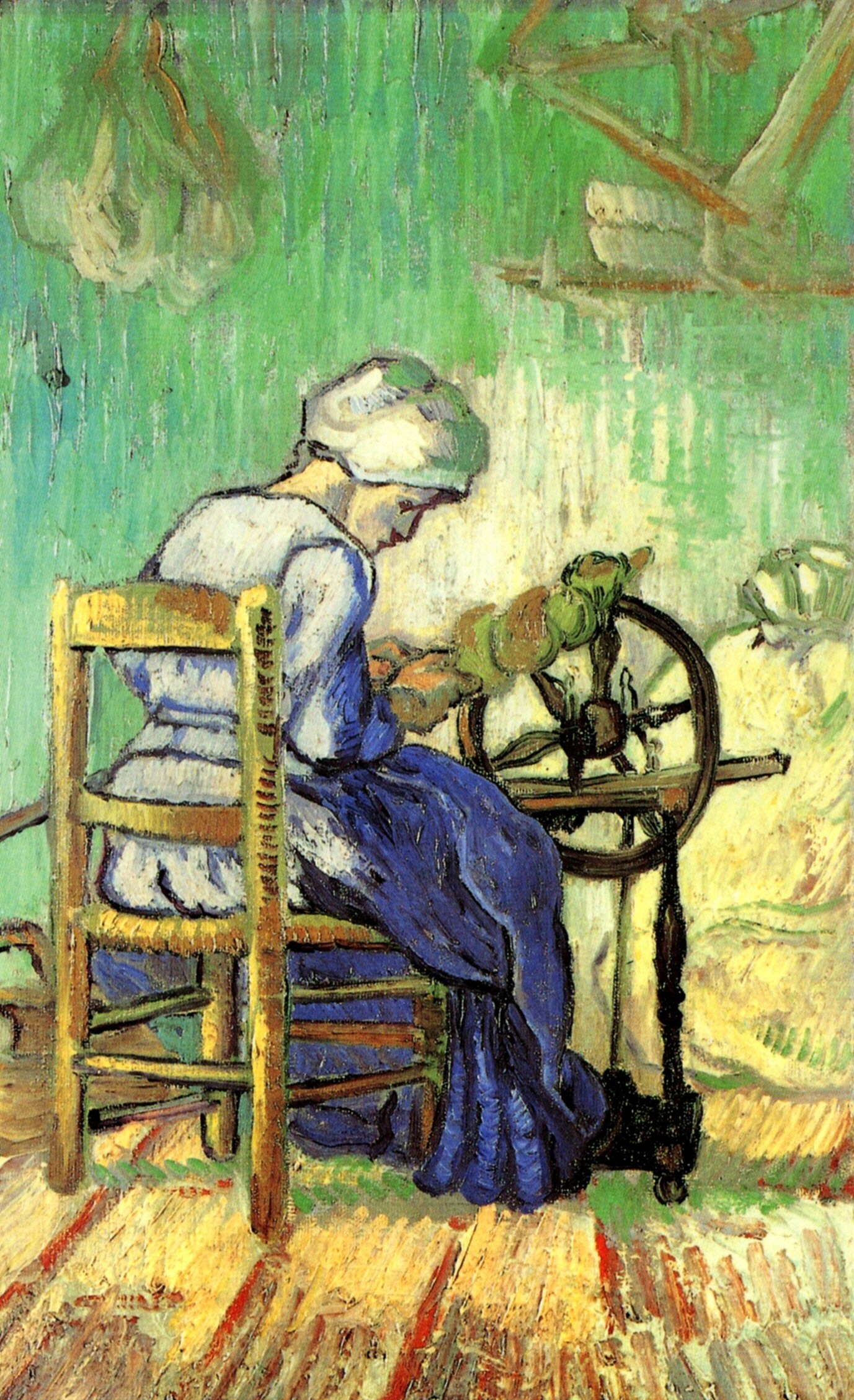If you think I am harsh on the conventional wisdom of spinners, wait until I get going on the American Medical community.
Lyme Disease has been around since the Bronze Age, but modern medicine did not really recognize it until the 1970s. Lyme disease (or very similar ailments) can be caused by a number of different species of Borrelia spirochetes around the world, but the US CDC and NIH only recognizes Borrelia burgdorferi, so that is what the standard commercial labs in the USA test for with very specific and accurate tests. If you have essentially the same disease caused by a slightly different Borrelia spirochete, the test comes back negative and the doctor crosses Lyme Disease off his list of potential pathogens. What the American doctor should do is cross Borrelia burgdorferi off the list, leaving B. garinii, B. afzelli, B. valaisiana, B. lusitaniae, B. bissettii, B. spielmanii, and others see for example http://www.parasitesandvectors.com/content/7/1/4.
If one wants to correctly diagnose Borrelia, you need a very good case history and medical examination. A doctor that has fallen into the habit of diagnosing from (American) lab tests, may miss-diagnose Lyme Disease. Europe is far ahead of North America on this, and has better lab tests for Borrelia.
The CDC and NIH assume the ticks feed on deer and white footed mice with the mice acting as the reservoir for the spirochetes. The truth is that a great many mammals and birds can act as host for the ticks and reservoir for the spirochetes. In particular, birds can transport infected ticks significant distances. With climate change we have errant birds traveling all over the place. There are now vultures in central Europe that carry Borrelia burgdorferi, which was traditional found only in the North American Atlantic flyway and particularly in New England. If our birds can fly to Europe, their birds can fly here.
Be aware that the birds at your bird feeder will carry ticks, and some of those ticks are only the size of a poppy seed. When they have fed, the ticks will drop off. A few of those ticks may be infected, and a bite from one can cause Lyme Disease. Anywhere birds congregate, (infected) ticks are likely to be found. On the other hand, under a bird feeder, most of the ticks on the ground will get eaten for dinner by other birds. Over all, do not sleep on the ground under the bird feeder and the risk is likely to be low. Anyway, be tick aware. Wash up after herding sheep, and etc. It is not so much the sheep, as being out in the tick's world, while you are focused on doing something else and distracted from avoiding ticks. And, there are hints that other insects may also be able to transmit Borrelia.
The CDC and NIH recommend relatively short cycles of normal doses of tetracycline drugs to treat Lyme Disease. This may work very well for recent infection/exposure. However, longer term infections may require longer treatment cycles at higher doses.
Lyme Disease can stay in the body with sub-clinical symptoms, for years, and then sneak up on you with little warning. The symptoms may be very subtle, but over time they will interfere with knitting and spinning. The symptoms may be very similar to common over-use symptoms that everyone that has gotten good at something has experienced. Keep a log and talk to your doctor. One of my symptoms was a loss of flexibility and agility. Another was very minor sinus congestion that I thought was related to dust from working with wool. And, I thought I was just getting old and fat. Individually, these symptoms meant nothing. Together, they pointed to Borrelia, even when all the lab tests were normal for a healthy male of my age. A few weeks of antibiotics, and I feel 10 years younger.
One symptom of chronic Borrelia infection is inflammation. And, we know that Borrelia has been endemic to both Europe and Asia for thousands of years. Some of the traditional Italian recipes using garlic, rosemary, or basil, actually contain enough natural anti-inflammatory /antibacterial agents to have a real health effect against Borrelia. Likewise some Asian dishes contain enough clove, and ginger to have a detectable effect. On the other hand, rosemary oil is toxic to ingest. Tetracycline is safer.
Lyme Disease has been around since the Bronze Age, but modern medicine did not really recognize it until the 1970s. Lyme disease (or very similar ailments) can be caused by a number of different species of Borrelia spirochetes around the world, but the US CDC and NIH only recognizes Borrelia burgdorferi, so that is what the standard commercial labs in the USA test for with very specific and accurate tests. If you have essentially the same disease caused by a slightly different Borrelia spirochete, the test comes back negative and the doctor crosses Lyme Disease off his list of potential pathogens. What the American doctor should do is cross Borrelia burgdorferi off the list, leaving B. garinii, B. afzelli, B. valaisiana, B. lusitaniae, B. bissettii, B. spielmanii, and others see for example http://www.parasitesandvectors.com/content/7/1/4.
If one wants to correctly diagnose Borrelia, you need a very good case history and medical examination. A doctor that has fallen into the habit of diagnosing from (American) lab tests, may miss-diagnose Lyme Disease. Europe is far ahead of North America on this, and has better lab tests for Borrelia.
The CDC and NIH assume the ticks feed on deer and white footed mice with the mice acting as the reservoir for the spirochetes. The truth is that a great many mammals and birds can act as host for the ticks and reservoir for the spirochetes. In particular, birds can transport infected ticks significant distances. With climate change we have errant birds traveling all over the place. There are now vultures in central Europe that carry Borrelia burgdorferi, which was traditional found only in the North American Atlantic flyway and particularly in New England. If our birds can fly to Europe, their birds can fly here.
Be aware that the birds at your bird feeder will carry ticks, and some of those ticks are only the size of a poppy seed. When they have fed, the ticks will drop off. A few of those ticks may be infected, and a bite from one can cause Lyme Disease. Anywhere birds congregate, (infected) ticks are likely to be found. On the other hand, under a bird feeder, most of the ticks on the ground will get eaten for dinner by other birds. Over all, do not sleep on the ground under the bird feeder and the risk is likely to be low. Anyway, be tick aware. Wash up after herding sheep, and etc. It is not so much the sheep, as being out in the tick's world, while you are focused on doing something else and distracted from avoiding ticks. And, there are hints that other insects may also be able to transmit Borrelia.
The CDC and NIH recommend relatively short cycles of normal doses of tetracycline drugs to treat Lyme Disease. This may work very well for recent infection/exposure. However, longer term infections may require longer treatment cycles at higher doses.
Lyme Disease can stay in the body with sub-clinical symptoms, for years, and then sneak up on you with little warning. The symptoms may be very subtle, but over time they will interfere with knitting and spinning. The symptoms may be very similar to common over-use symptoms that everyone that has gotten good at something has experienced. Keep a log and talk to your doctor. One of my symptoms was a loss of flexibility and agility. Another was very minor sinus congestion that I thought was related to dust from working with wool. And, I thought I was just getting old and fat. Individually, these symptoms meant nothing. Together, they pointed to Borrelia, even when all the lab tests were normal for a healthy male of my age. A few weeks of antibiotics, and I feel 10 years younger.
One symptom of chronic Borrelia infection is inflammation. And, we know that Borrelia has been endemic to both Europe and Asia for thousands of years. Some of the traditional Italian recipes using garlic, rosemary, or basil, actually contain enough natural anti-inflammatory /antibacterial agents to have a real health effect against Borrelia. Likewise some Asian dishes contain enough clove, and ginger to have a detectable effect. On the other hand, rosemary oil is toxic to ingest. Tetracycline is safer.



.jpg)




.jpg)